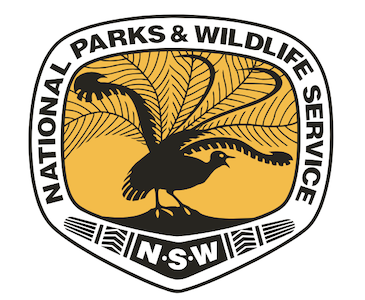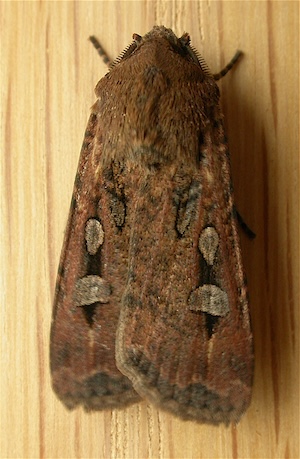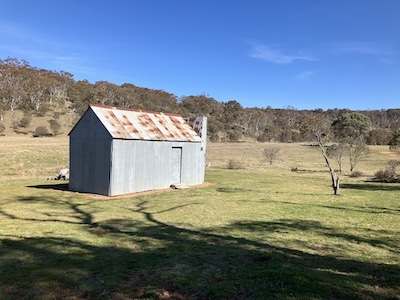On the course and elsewhere in Kosciuszko National Park are a great number of historic sites, structures and artefacts. Traces of First Nations occupation are likely to be there – remains of campsites, ceremonial grounds, rock art, scarred trees, and grinding grooves. Roads and tracks, many overgrown and forgotten, criss-cross the landscape linking places of former activity. Fencelines and stockyards are remnants from grazing. A clearing may denote the site of a graziers selection, a sawmill, or a former hut. Here we have presented a few snippets about the area. We will add to this page with additional articles in the lead up to the event, including a bit about rogaining in the area.



